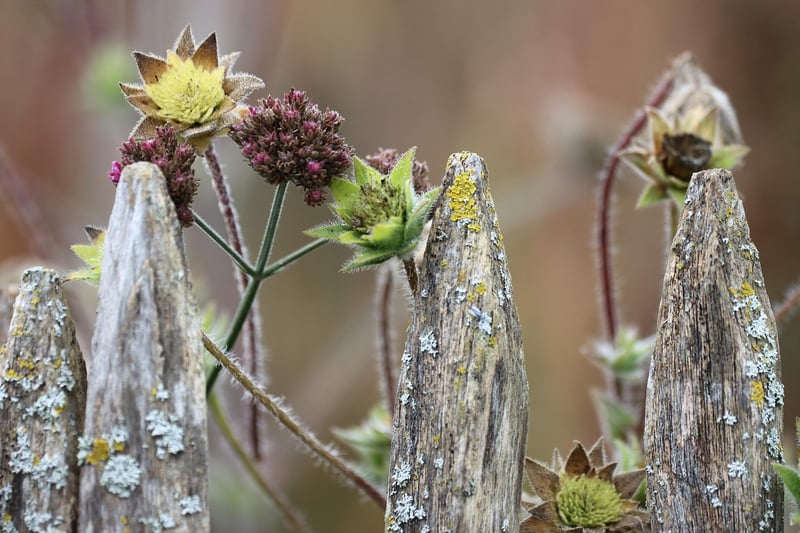Seasonal care
Keeping Your Vertical Garden Healthy and Thriving
Introduction
Vertical gardens are a beautiful way to add greenery to your space, whether indoors or outdoors. To ensure your vertical garden remains lush and healthy, proper care and maintenance are essential. Here are some tips to help you keep your vertical garden thriving throughout the seasons.
Regular Watering
One of the most critical aspects of vertical garden care is watering. Since vertical gardens have a limited soil volume, they can dry out quickly. Check the moisture level of the soil regularly and water your plants as needed. Ensure that water reaches all plants in the garden, including those at the top, by using a watering can or a drip irrigation system.
Light and Location
Proper light exposure is vital for the health of your vertical garden. Before installing your garden, assess the sunlight conditions in the chosen location. Most plants in vertical gardens require adequate sunlight to thrive. Ensure that your plants receive the right amount of light based on their specific requirements.
Pruning and Trimming
Regular pruning and trimming help maintain the shape and health of your plants. Remove dead or yellowing leaves, spent flowers, and overgrown stems to encourage new growth. Pay attention to the growth habits of each plant in your vertical garden and prune accordingly to prevent overcrowding.
Seasonal Care
Spring
In spring, as plants start to grow actively, it's a good time to fertilize your vertical garden. Choose a balanced fertilizer and apply it according to the manufacturer's instructions. Check for any pests or diseases and take necessary measures to prevent infestations.
Summer
During the hot summer months, ensure your vertical garden receives adequate water to combat heat stress. Consider providing shade for plants that are sensitive to intense sunlight. Regularly monitor the moisture levels in the soil and adjust your watering schedule as needed.
Fall
As temperatures start to cool down in fall, reduce the frequency of watering to prevent waterlogged soil. Remove any dead or decaying plant material to maintain a clean and healthy garden environment. Consider planting cool-season crops or seasonal flowers that thrive in the fall.
Winter
Protect your vertical garden from frost and extreme cold during the winter months. Move sensitive plants indoors or provide insulation to prevent freezing. Limit watering during this period as plants are in dormancy. Use mulch to protect the roots of plants from temperature fluctuations.
Conclusion
By following these tips for regular care and seasonal maintenance, you can ensure that your vertical garden remains healthy and vibrant throughout the year. With proper attention and a little effort, you can enjoy the beauty of your vertical garden for seasons to come.

For more inspiration and ideas on vertical gardening, check out The Spruce.
